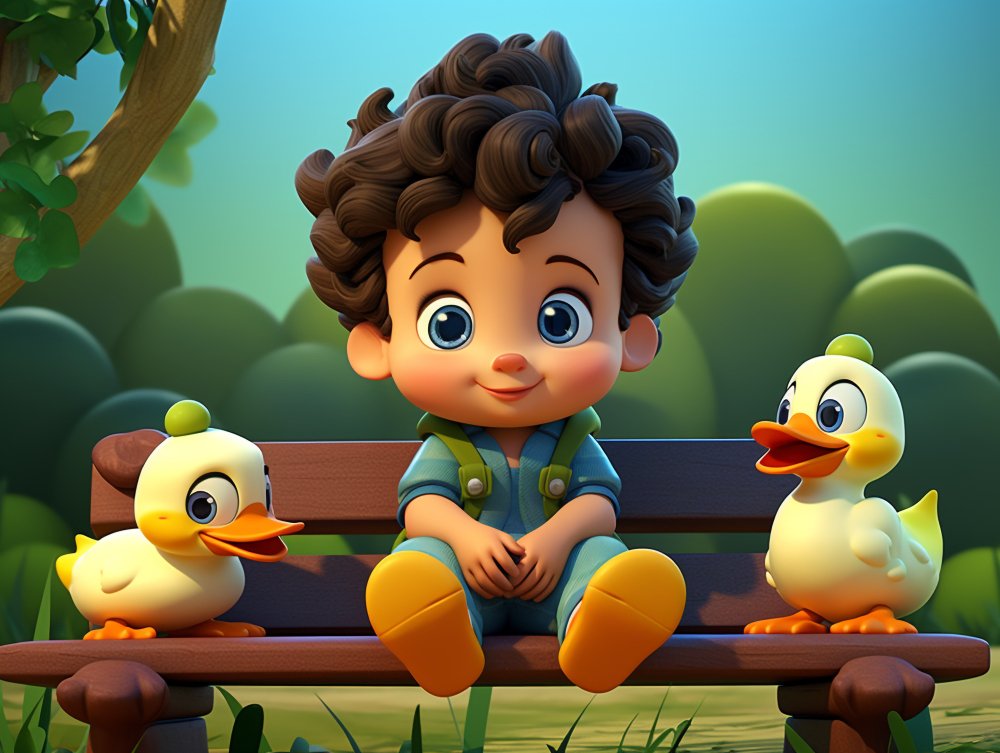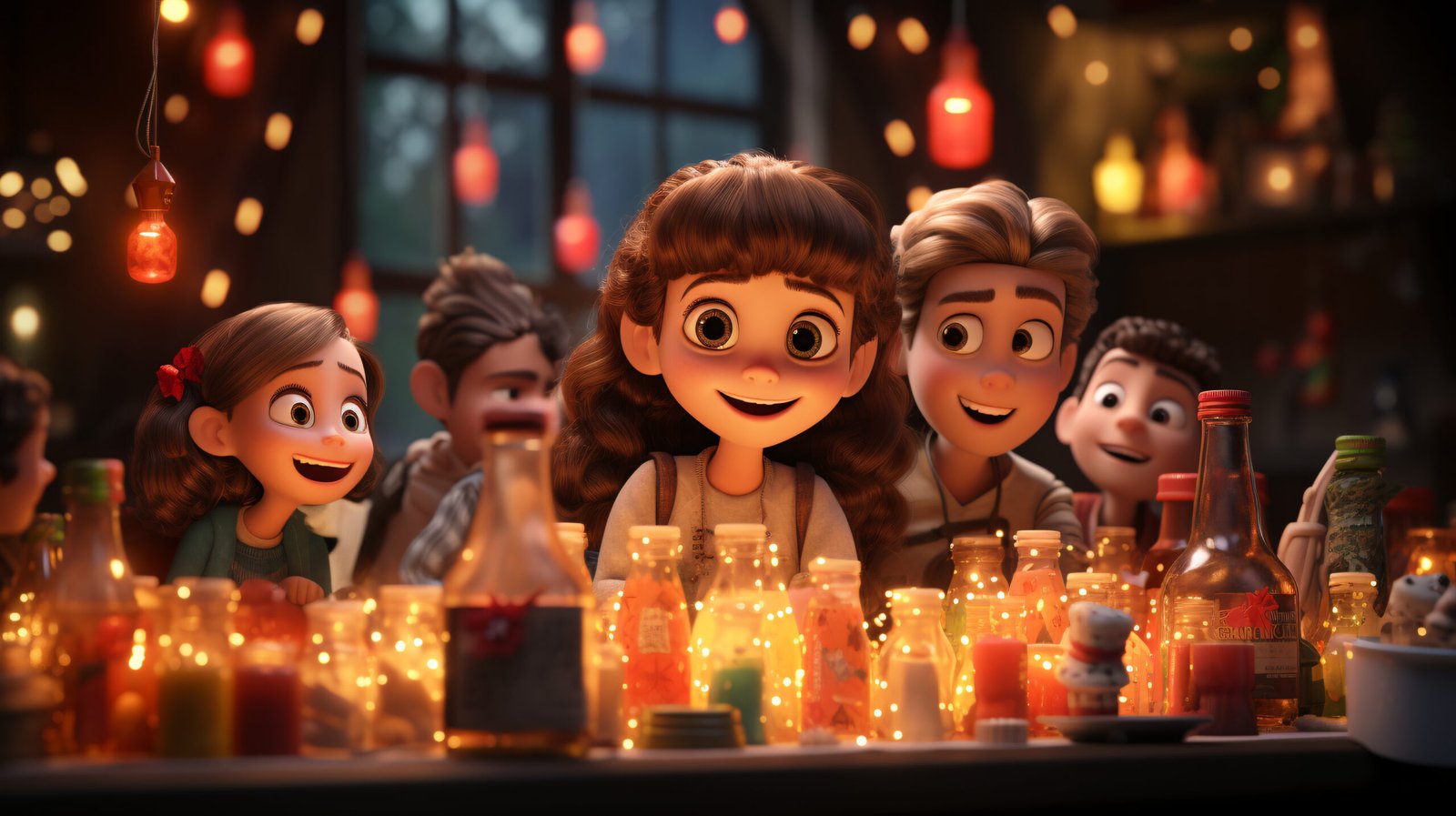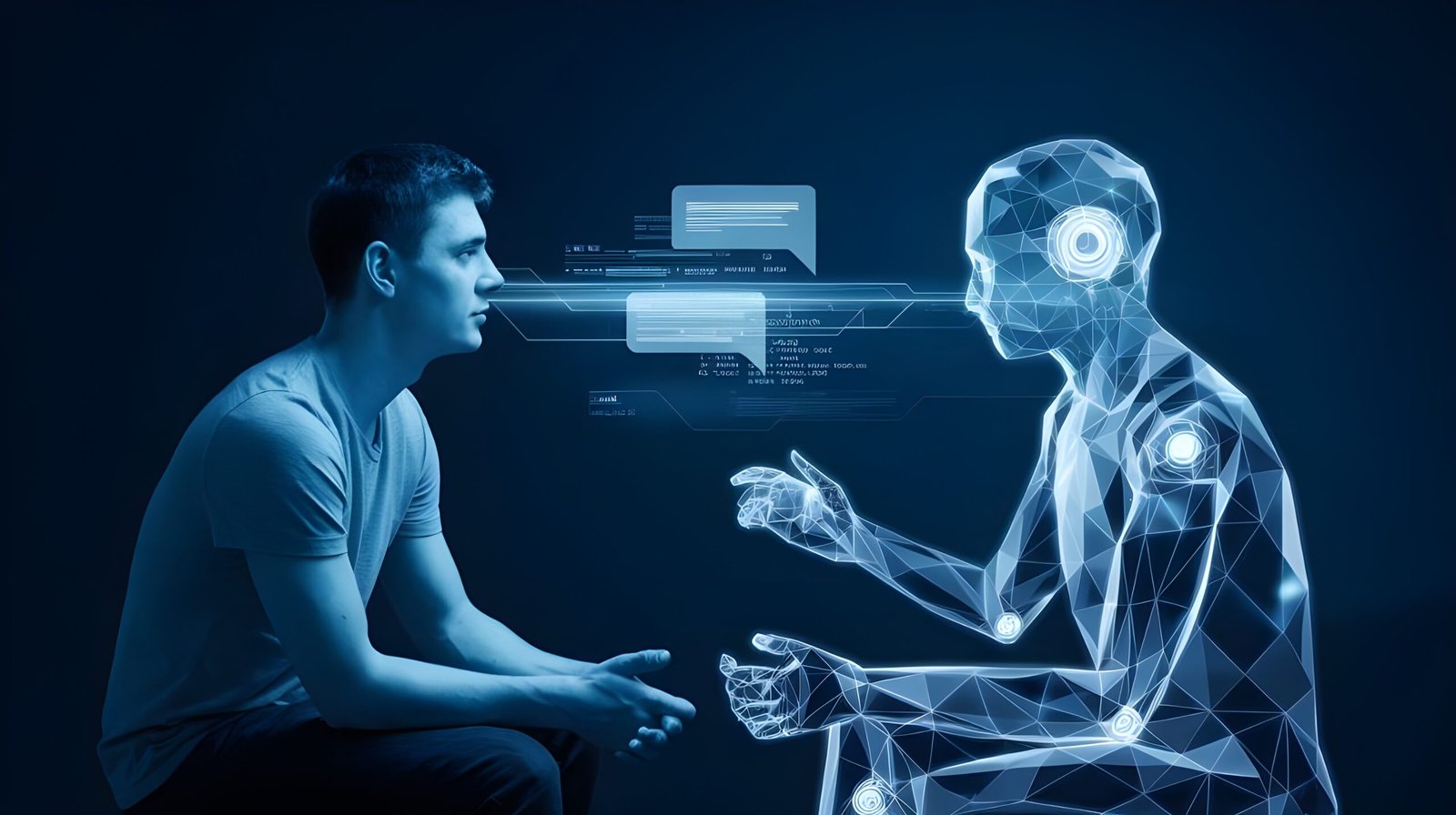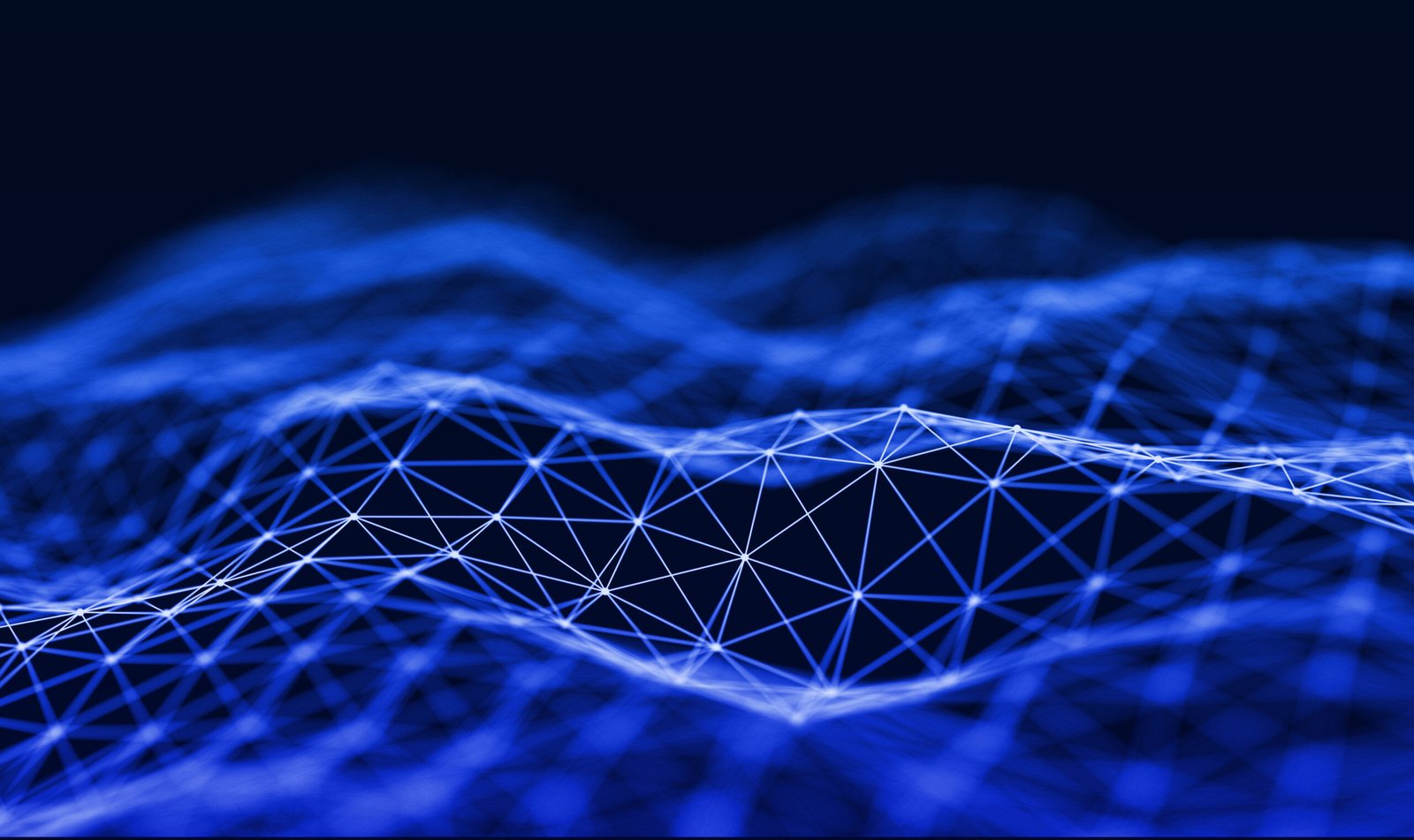Cartoon animation has long been a beloved medium for storytelling, captivating audiences of all ages with its vibrant visuals and imaginative narratives. For businesses and creators, cartoon animation offers a unique and engaging way to communicate ideas, evoke emotions, and connect with audiences on a deeper level. Whether you’re looking to create an animated commercial, an educational video, or an entertaining series, understanding the benefits of cartoon animation and the process behind it can open up new possibilities for your brand.
The Power of Cartoon Animation in Storytelling
1. Emotional Connection:
Cartoon characters have a universal appeal, capable of expressing a wide range of emotions that resonate with viewers. This emotional connection helps to convey complex ideas in a relatable and memorable way.
2. Creative Freedom:
Unlike live-action, where you’re limited by reality, cartoon animation allows for limitless creativity. You can bring to life fantastical worlds, exaggerated characters, and impossible scenarios that would be difficult or costly to achieve otherwise.
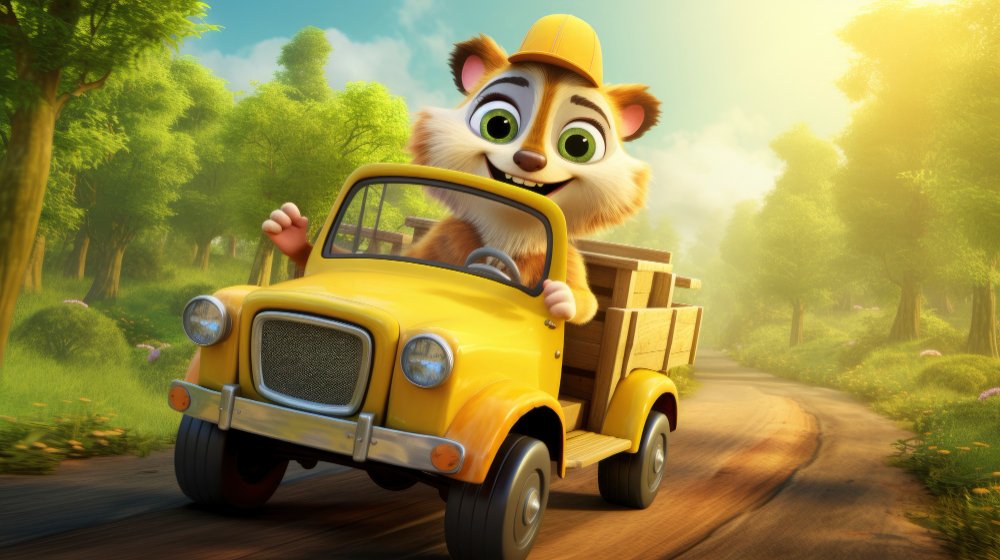
3. Simplified Communication:
Cartoon animation can simplify complex concepts, making them easier to understand. Whether you’re explaining a new product, illustrating a process, or telling a story, animation can break down intricate ideas into digestible visuals.
4. Broad Appeal:
Cartoons have a universal charm that appeals to both children and adults. This broad appeal makes them an effective tool for reaching diverse audiences, regardless of age or background.
5. Brand Personality:
Through animation, you can craft a distinct brand personality that stands out in a crowded market. Animated characters can become mascots, embodying your brand’s values and making it more relatable and memorable.
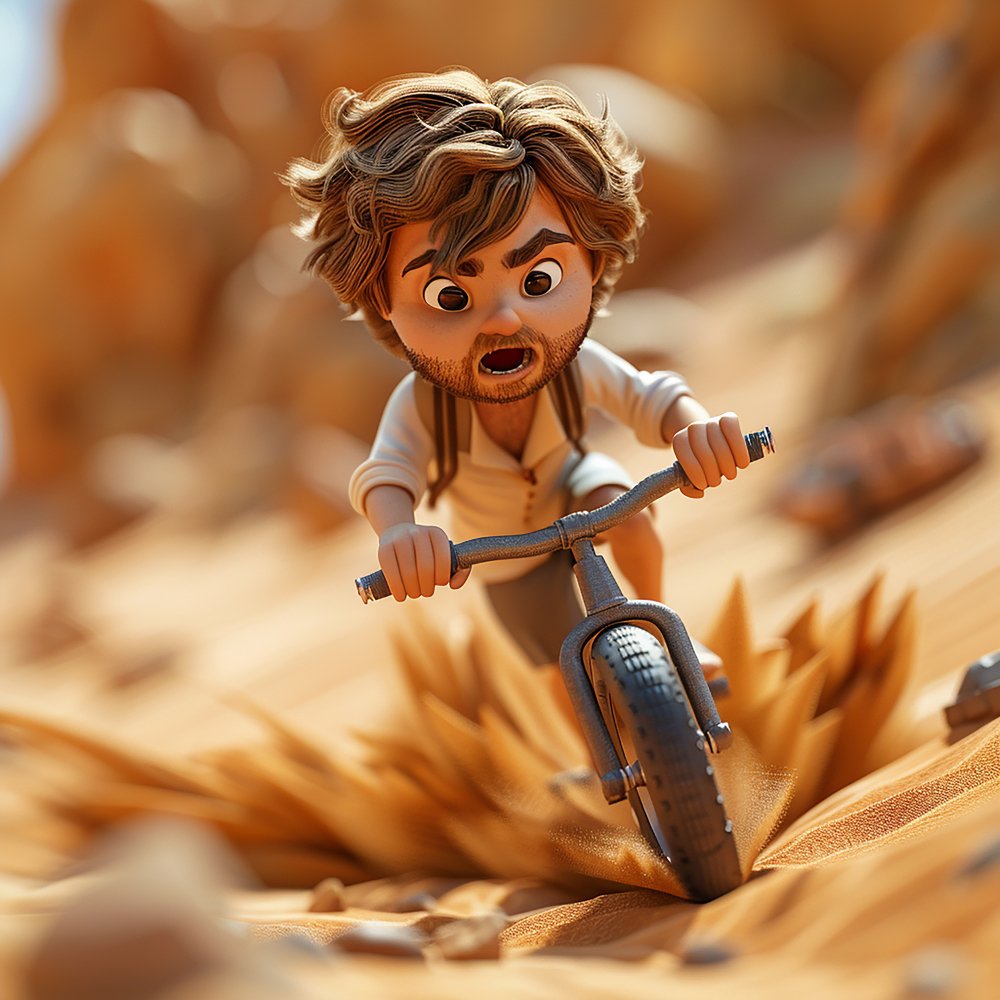
The Process of Creating Cartoon Animation
Creating a cartoon animation involves several stages, each requiring careful planning and execution. Here’s a comprehensive breakdown of the process:
1. Concept Development:
Every great animation starts with a concept. This is where you define the story you want to tell, the message you want to convey, and the characters that will bring your vision to life. You’ll also decide on the style of animation, whether it’s traditional 2D, 3D, or a hybrid.
2. Scriptwriting:
Once the concept is clear, the next step is writing the script. This script outlines the dialogue, actions, and key scenes that will drive the narrative. It’s essential to keep the target audience in mind and ensure the script is engaging and easy to follow.
3. Storyboarding:
Storyboarding involves creating a visual blueprint of the animation. Each scene is sketched out, showing the sequence of events, camera angles, and character movements. This step helps to visualize the flow of the story and make any necessary adjustments before production begins.
4. Character Design:
Characters are the heart of any cartoon animation. In this stage, designers create the look and feel of each character, considering their personality, role in the story, and how they’ll move. This can involve creating multiple versions and iterations until the final design is approved.
5. Modeling:
If the animation is 3D, the next step is modeling. This is where 3D artists create digital models of the characters, environments, and objects that will appear in the animation. These models are built in a three-dimensional space, allowing them to be viewed and animated from any angle. In 2D animation, this step involves creating flat, two-dimensional artwork that will be animated.
6. Texturing:
Once the models are created, they need to be textured. Texturing involves adding colors, patterns, and surface details to the 3D models to make them look more realistic or stylized, depending on the desired aesthetic. Textures give the models their final appearance, whether it’s the fur on an animal, the wood grain on a table, or the skin tone of a character.
7. Rigging:
Rigging is the process of creating a skeleton for the 3D models, allowing them to move. Riggers build a series of joints and controls that animators can use to pose and animate the characters. This step is crucial for ensuring that the characters move naturally and expressively.
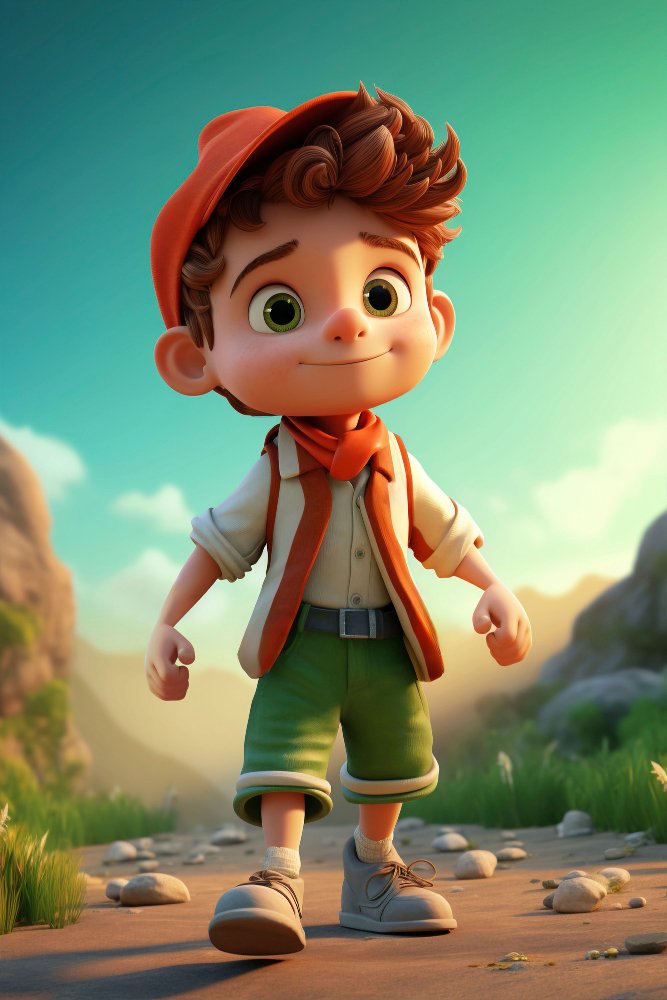
8. Animation Production:
This is where the magic happens. Animators bring the characters and scenes to life by creating a series of frames that, when played in sequence, produce the illusion of movement. In 3D animation, animators manipulate the rigged models to perform actions, expressions, and interactions. In 2D animation, artists draw or manipulate images
6. Voiceover and Sound Design:
Voiceover artists record the dialogue, and sound designers add music, sound effects, and any other audio elements that enhance the animation. The sound plays a crucial role in setting the tone and adding depth to the visuals.
7. Post-Production:
In the final stage, all the elements come together. Animators refine the animation, ensuring smooth transitions and timing. The final touches, such as colour correction and special effects, are added to polish the animation before it’s ready for delivery.
8. Review and Feedback:
Before the animation is finalized, it’s reviewed for quality and accuracy. Clients may provide feedback, and any necessary revisions are made to ensure the animation meets the desired standards.
9. Delivery and Distribution:
Once approved, the animation is delivered in the required format. Depending on the project’s goals, it may be distributed across various platforms, such as social media, websites, or broadcast television.
Got a story you want to bring to life through animation? Our team is here to help! Click the link to get started and see how we can turn your vision into an engaging cartoon.


